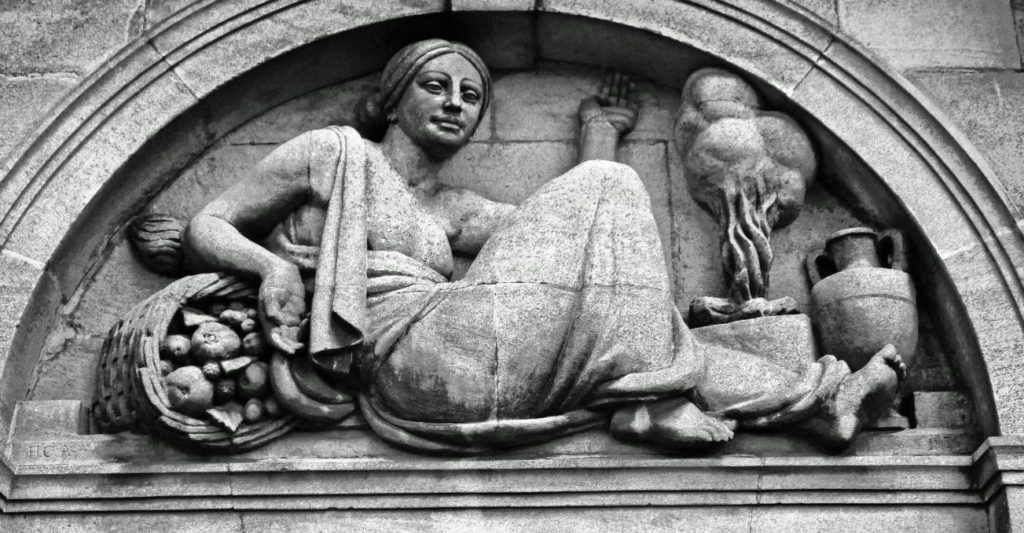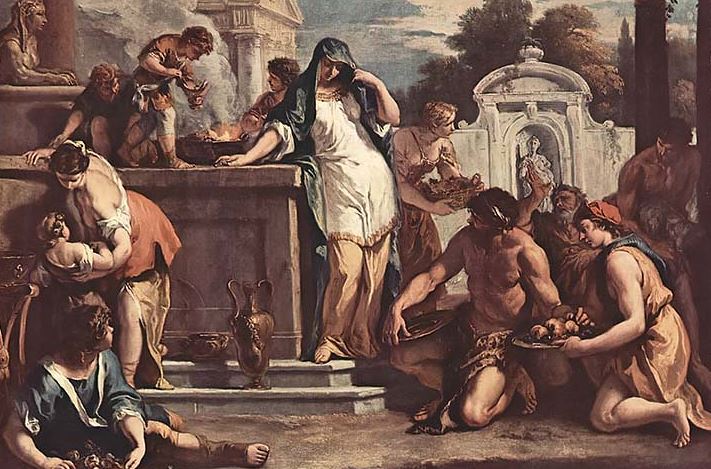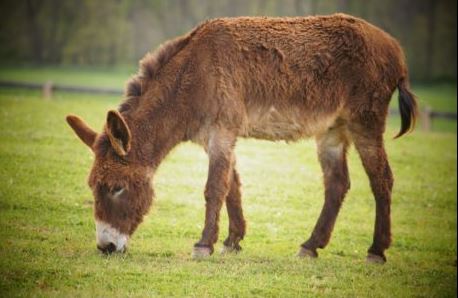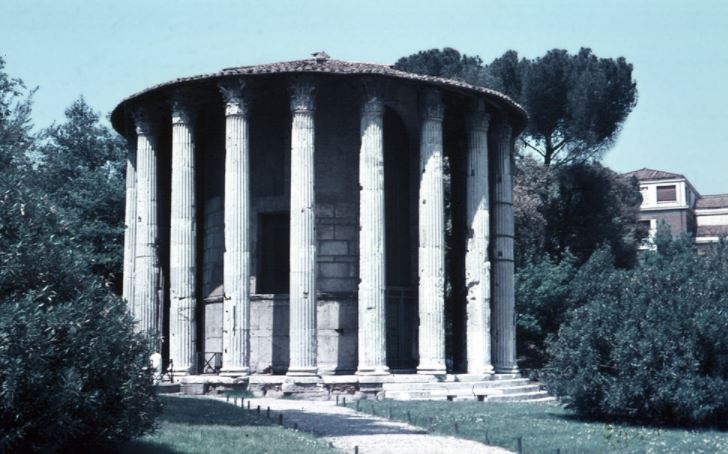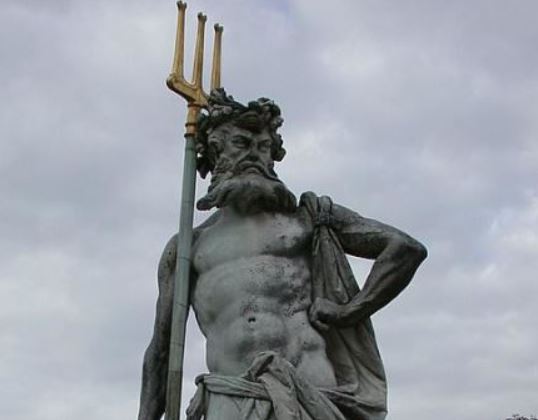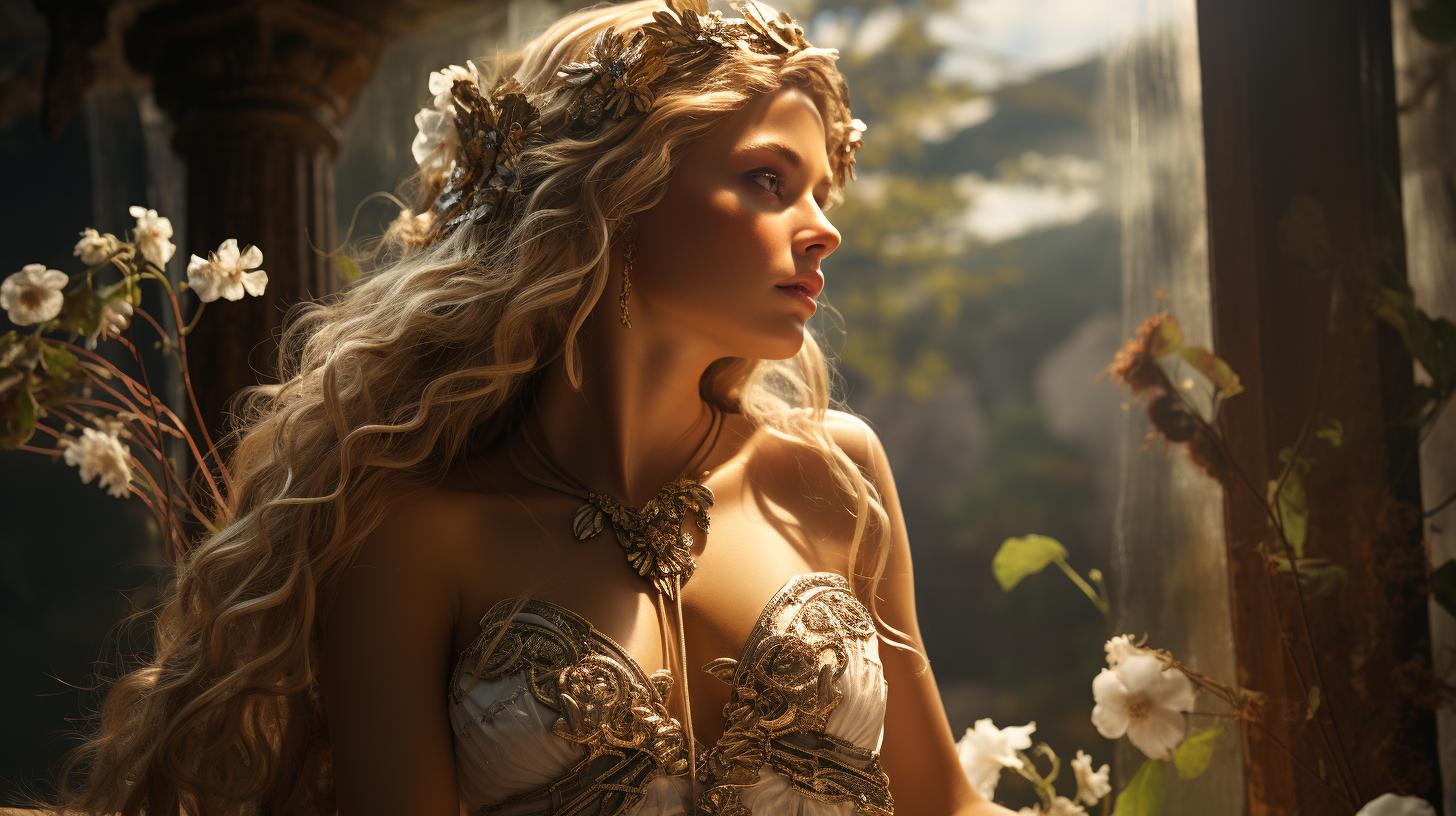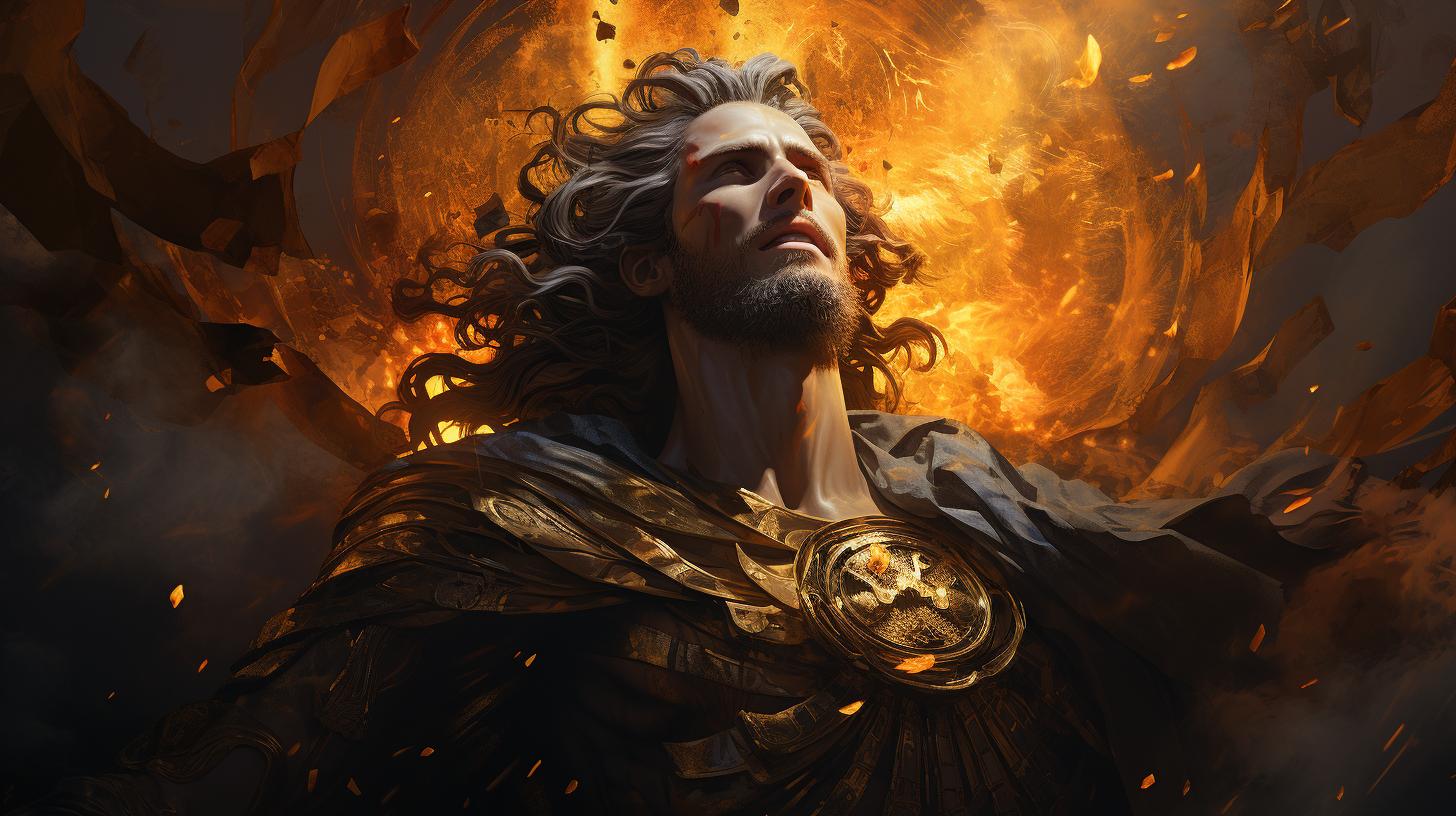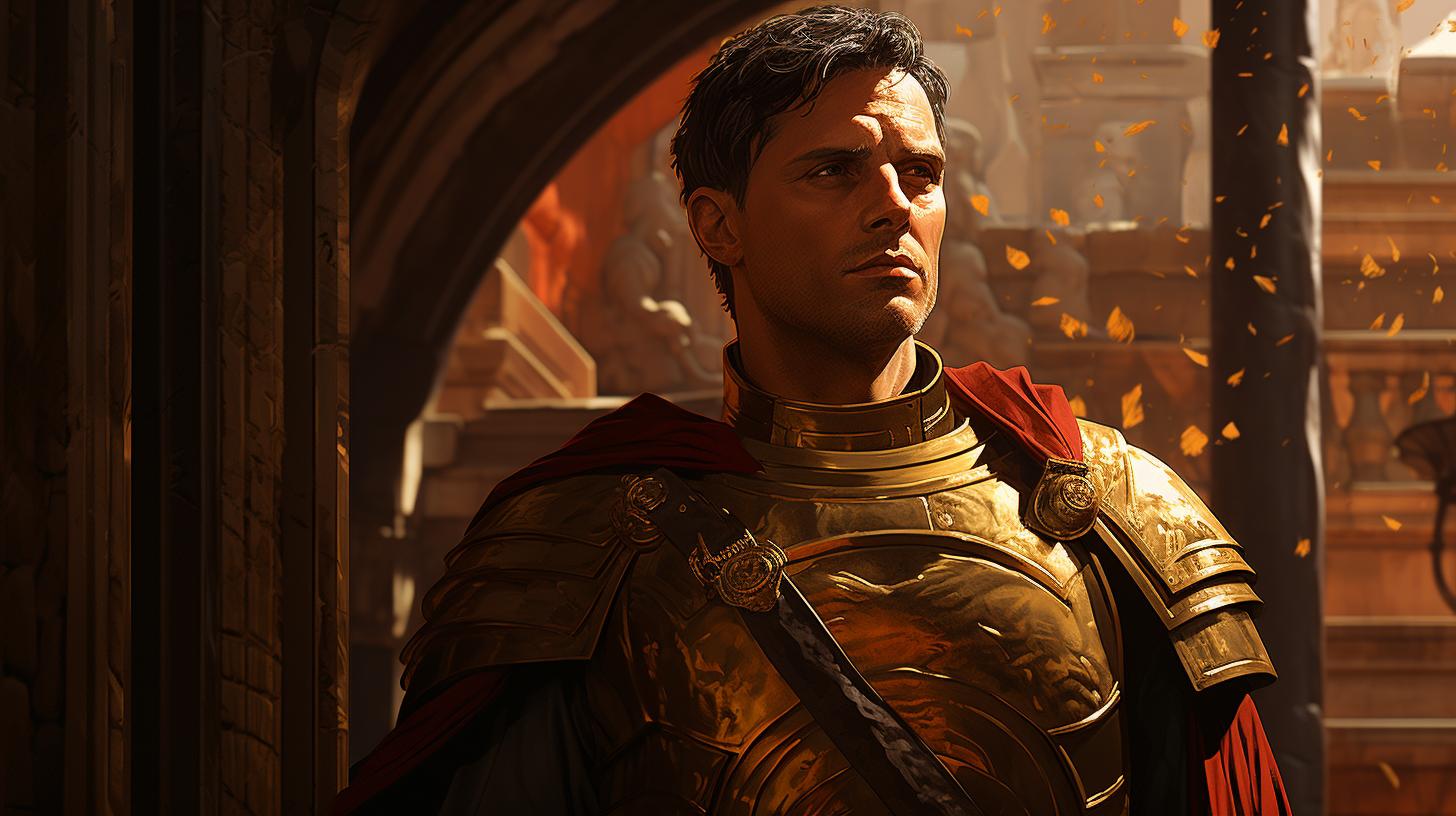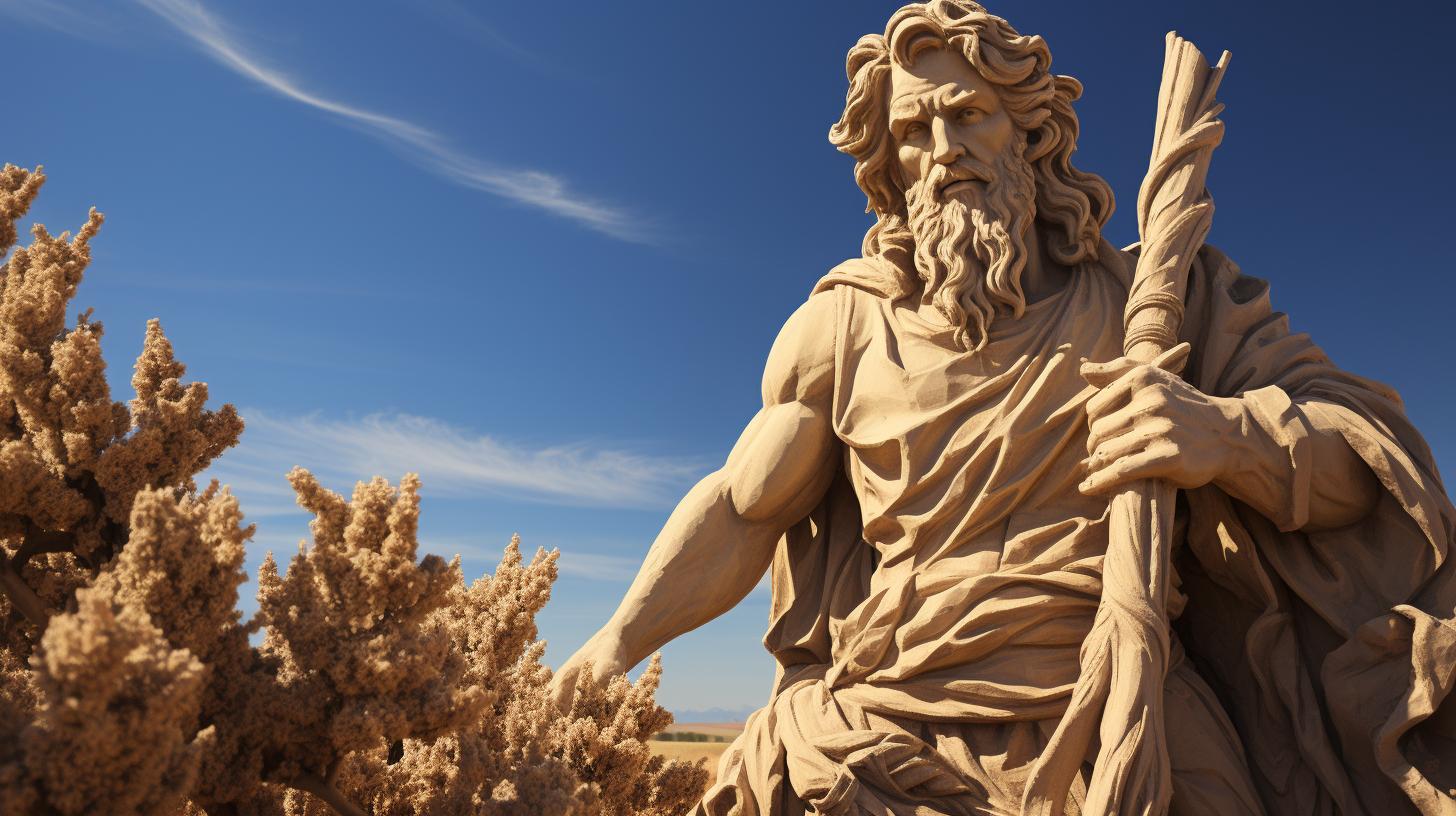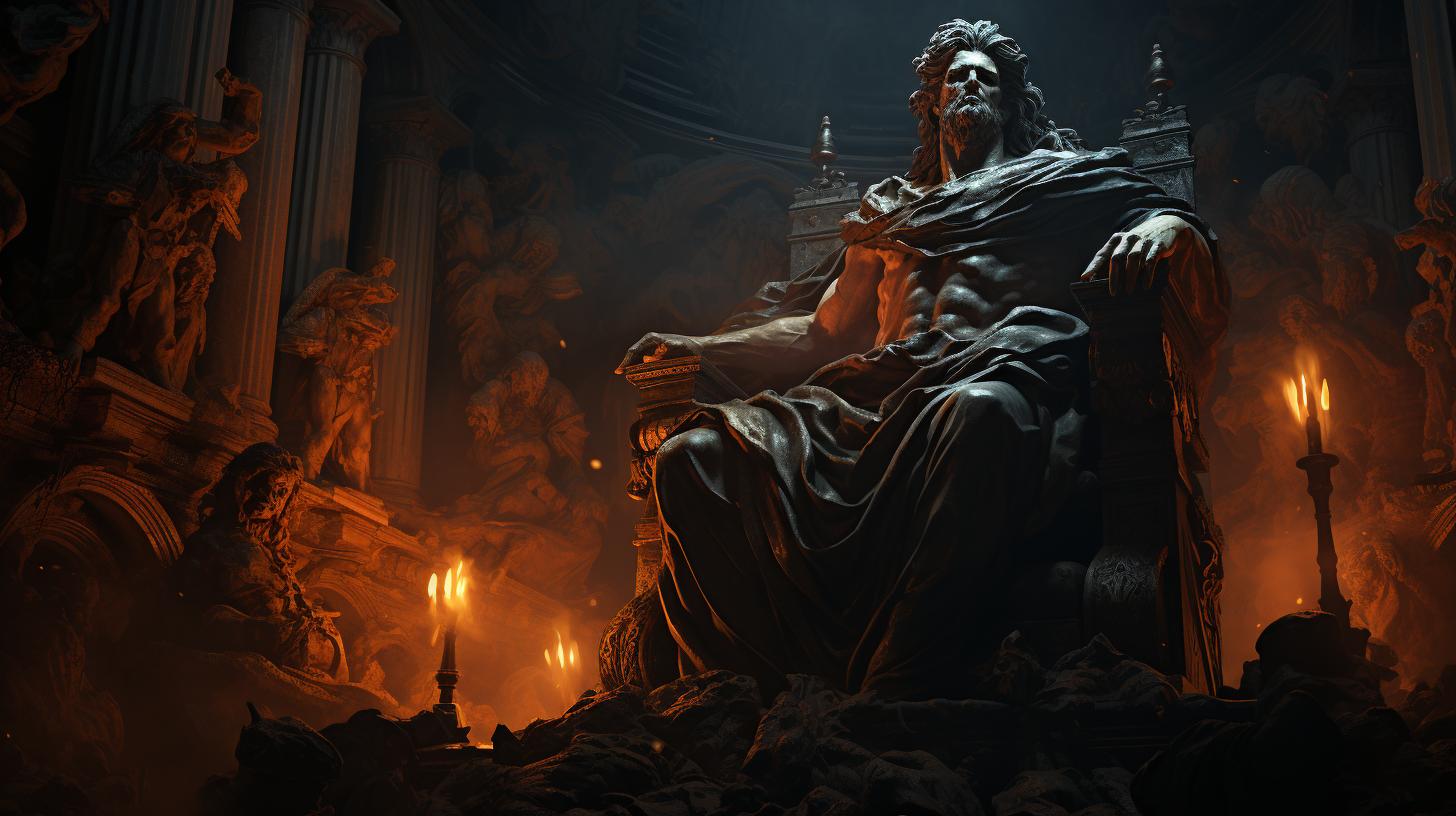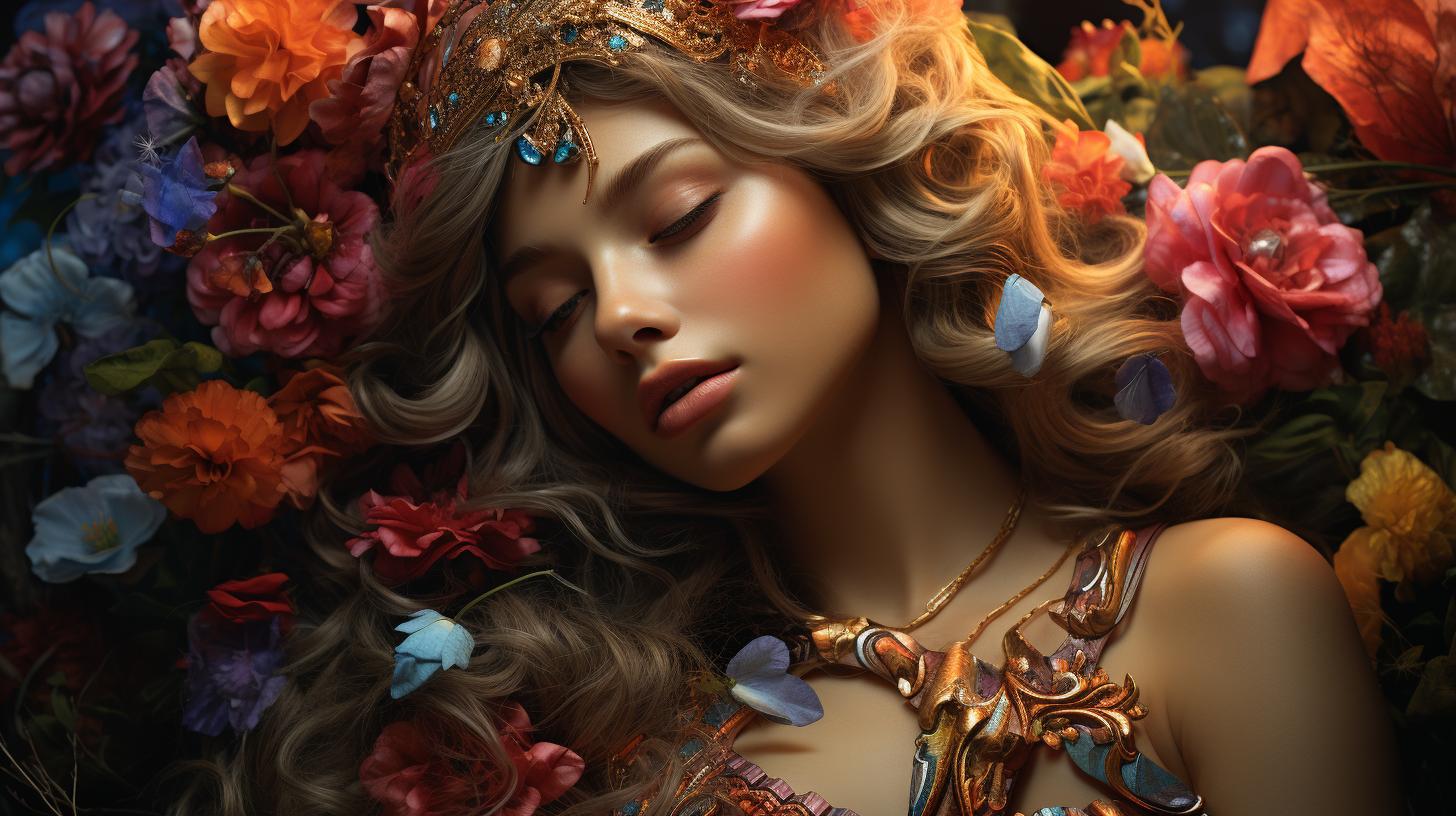The Roman Goddess Vesta: Hearth, Home and Family
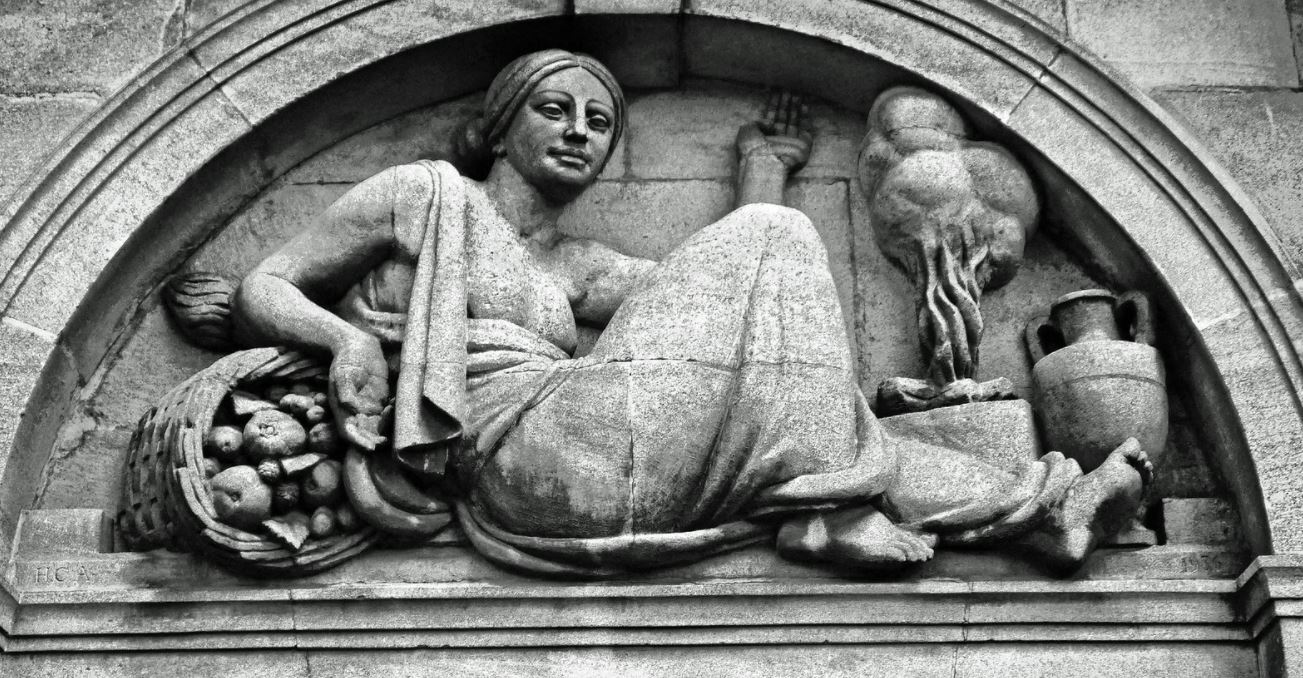
In traditional Roman mythology, the goddess Vesta is the virgin, immortal goddess that represents the hearth, home, and family.
The Roman goddess Vesta represented faith and family, known as Mater, which means “Mother.”
The goddess Vesta, is sometimes represented as a fully clothed virginal human that is accompanied by her loyal animal, the donkey.
She was the baker’s goddess of the hearth fire. Often associated with earlier, more primitive fire deities like Cacus and Caca, the Roman goddess Vesta was the purest of the deities.
All of Vesta’s priestesses were under strict celibacy codes in order to be a Vestal Virgin. Vestalis Maxima was the chief in charge of the eternal flame within the Temple of Vesta.
A statue of the Roman goddess vesta
Many Roman deities were adapted from the Greek gods and goddesses. In particular, the Roman goddess Vesta shares many characteristics of Hestia, which have been acknowledged by ancient writers like Cicero.
In De Natura Deorum, Cicero discusses the name of Vesta and how it belonged to the Greek’s goddess named Hestia.
So, in other words, In Greek mythology, Vesta is the equivalent of the Greek goddess, Hestia.
The Roman goddess Vesta: Origin of her Name
While representing the home, hearth, family, and fire, the Roman goddess Vesta means “Mother” in Roman mythology.
However, the name of the Roman goddess Vesta is actually a name derived from Proto Indo-European word “wes” which means to stay or dwell.
History of the Roman goddess Vesta
The goddess Vesta was born a daughter of Ops and Saturn, who ruled before Jupiter.
Vesta’s siblings included Jupiter, Neptune, Pluto, Juno, and Ceres. She was believed to have served as an original Roman pantheon member with her powerful siblings.
The Roman goddess Vesta never had a lover or any children so she remained the virginal goddess throughout her mythological history.
The virgin Roman goddess Vesta represents a beautiful and pure deity that is often left out of many myths because of her well-behaved nature.
Mythological tales were more concerned with expressing stories with drama, romance, trickery, and deceit for entertainment and lessons to learn about life, but the Roman goddess Vesta was not as interesting as other deities.
A picture of Vesta the Roman goddess: Vestal Sacrifice by Sebastiano Ricci
Even when she was not in many of the myths, she was considered a deity to worship every day
Popular Myths of the Roman Goddess Vesta
Vesta was better behaved than all of the other gods and goddesses, which is why she is often considered one of the less interesting goddesses in Roman mythology.
Two of the more popular myths about the Roman goddess Vesta are the origin myth and Ovid’s myth entitled Fasti. Vesta’s worship was derived from sheer appreciation and respect of her element of fire, which was a crucial commodity during the Roman Empire.
However, Vesta was an equally important deity among her ruling family and was popularly recognized in almost every Roman ritual and prayer.
The Roman goddess Vesta’s Origin Myth
According to Roman Mythology, the goddess Vesta was born just before Jupiter took control of the cosmos from Saturn, his father.
Saturn was a jealous god and did not want to share his power. Saturn was informed of a prophecy predicting that one of his offspring would overthrow his reign, just as he had done.
It was believed that Saturn ate the first five children that emerged from his wife, Ops’ womb, including the Roman goddess Vesta.
Ops was devastated and hid her final child, Jupiter, from Saturn. Ops shared a rock disguised as a newborn baby with Saturn instead of Jupiter.
When Saturn could not digest the rock, he vomited the contaminates of his stomach, which also possessed the five children. All of the children worked together to overthrow their father, Saturn. And after it, a new reign took control and the responsibilities were divided between them.
The Roman goddess Vesta and Ovid’s Fasti Myth
Ovid wrote about Vesta’s purity in his tale Fasti.
He shares that one night, the Roman goddess Vesta went to a dinner party that was hosted by Cybele, a mother goddess. Once everyone got drunk, Vesta left the party to rest and fell asleep.
While Vesta peacefully rested, she was found by Priapus, a nature deity, who was known to maintain an erection. He tried to rape the sleeping goddess Vesta, but she was awoken by a donkey and screamed for help.
Saved by the other gods and goddesses, Vesta was unharmed and her virginal status remained intact. Priapus was scolded and banned from future celebrations. A life lesson to be cognizant of your surroundings and the company you keep.
Vesta goddess powers
Vesta held power over the home, hearth, and altars. Most Roman rituals begin and end with this goddess out of reverence and respect for the fire element.
Vesta was an immortal that never showed her age. She never grows old and has the power of youth, representing immortality. Interestingly enough, the goddess Vesta is not usually depicted as a human but as fire.
Vesta goddess symbols and their meaning
The hearth, the fire, and the donkey are well-known symbols representing the Roman Goddess, Vesta.
Vesta goddess symbols: the donkey
Let us deepen a little more about the fire, which was her main symbol.
Roman goddess Vesta symbol: the fire
The fire was an intricate and often troublesome resource. Creating an ever-burning hearth fire symbol was necessary to keep the faith and belief that the fire would consistently burn for humans.
In the Roman Forum, the worship place of Vesta is a traditional, elaborate circular building, known as The Temple of Vesta.
The Temple of the goddess Vesta
Additional Vesta goddess Facts: The Vestales and the Ignes Aeternum
The ignes aeternum, the sacred ever-burning fire was tended by the priestesses that represented Vesta, referred to as the Vestales.
These virginal priestesses lived together in a place known as Atrium Vestae. If the sacred celibacy oath was broken, it was punishable by death.
The eternal fire was relit annually on March 1st, which was the Roman’s New Year. The belief that if the fire went out, disaster would fall upon the Roman Emire was shared by many Romans.
Hidden from the public, only during the festival Vestalia, from June 7-15, barefoot matrons are allowed to make an offering to the Roman goddess Vesta, from within the temple’s private sanctuaries. Theodosius abolished the celebration in 391 CE.
When the conversion to Christianity began, this was the final festival honoring the ancient gods and goddesses. The last known Vestalis Maxima, Coelia Concordia, relinquished her title in 394 CE, breaking a tradition that was in effect for over a thousand years.

